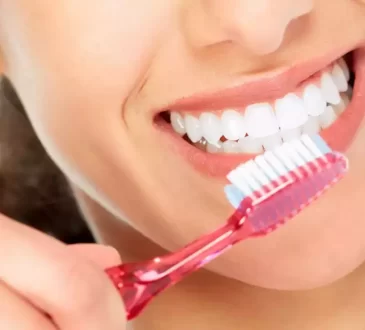General Dentists’ Approach To Teeth Grinding And Bruxism

Teeth grinding, or bruxism, can harm both teeth and overall health. Many general dentists, including those at walnut woods dental, address this issue with a structured approach. They focus on identifying the causes, offering practical solutions, and providing ongoing support. Understanding their methods helps manage and prevent further damage. Let’s explore how dentists tackle this common problem.
Identifying the Causes
Teeth grinding often stems from stress, sleep disorders, or an abnormal bite. Dentists start by examining the teeth for signs of wear or damage. They also ask about sleep patterns and stress levels. This helps pinpoint the underlying cause. In some cases, they may refer patients for a sleep study to rule out conditions like sleep apnea. For more information on sleep studies, check out this resource from the National Heart, Lung, and Blood Institute.
Offering Practical Solutions
Once the cause is identified, dentists offer solutions tailored to the patient’s needs. Here are three common approaches:
- Mouthguards: These protect teeth during sleep. Dentists create custom mouthguards that fit comfortably and effectively.
- Stress Management: Techniques like meditation or counseling can reduce stress-related grinding.
- Dental Corrections: Aligning the bite may reduce grinding. This might include braces or other orthodontic treatments.
By addressing the root cause, dentists can significantly reduce the impact of bruxism.
Ongoing Support and Monitoring
After implementing a treatment plan, dentists provide ongoing support. Regular check-ups help monitor progress and adjust solutions as needed. This proactive approach helps prevent long-term damage to teeth and gums. For more on maintaining oral health, check out this guide from the CDC.
Comparing Treatment Options
Here’s a table comparing common bruxism treatments:
| Treatment | Pros | Cons |
|---|---|---|
| Mouthguards | Protects teeth, easy to use | May require adjustment, initial cost |
| Stress Management | Improves overall well-being, no side effects | Takes time, requires commitment |
| Dental Corrections | Addresses bite issues, long-term solution | Costly, time-intensive |
Final Thoughts
Addressing teeth grinding involves understanding its causes and implementing effective solutions. Through a combination of customized treatment and ongoing support, general dentists help patients manage bruxism effectively. This comprehensive approach not only protects teeth but also enhances overall health. By working with a dentist, patients can find relief from this common problem.









